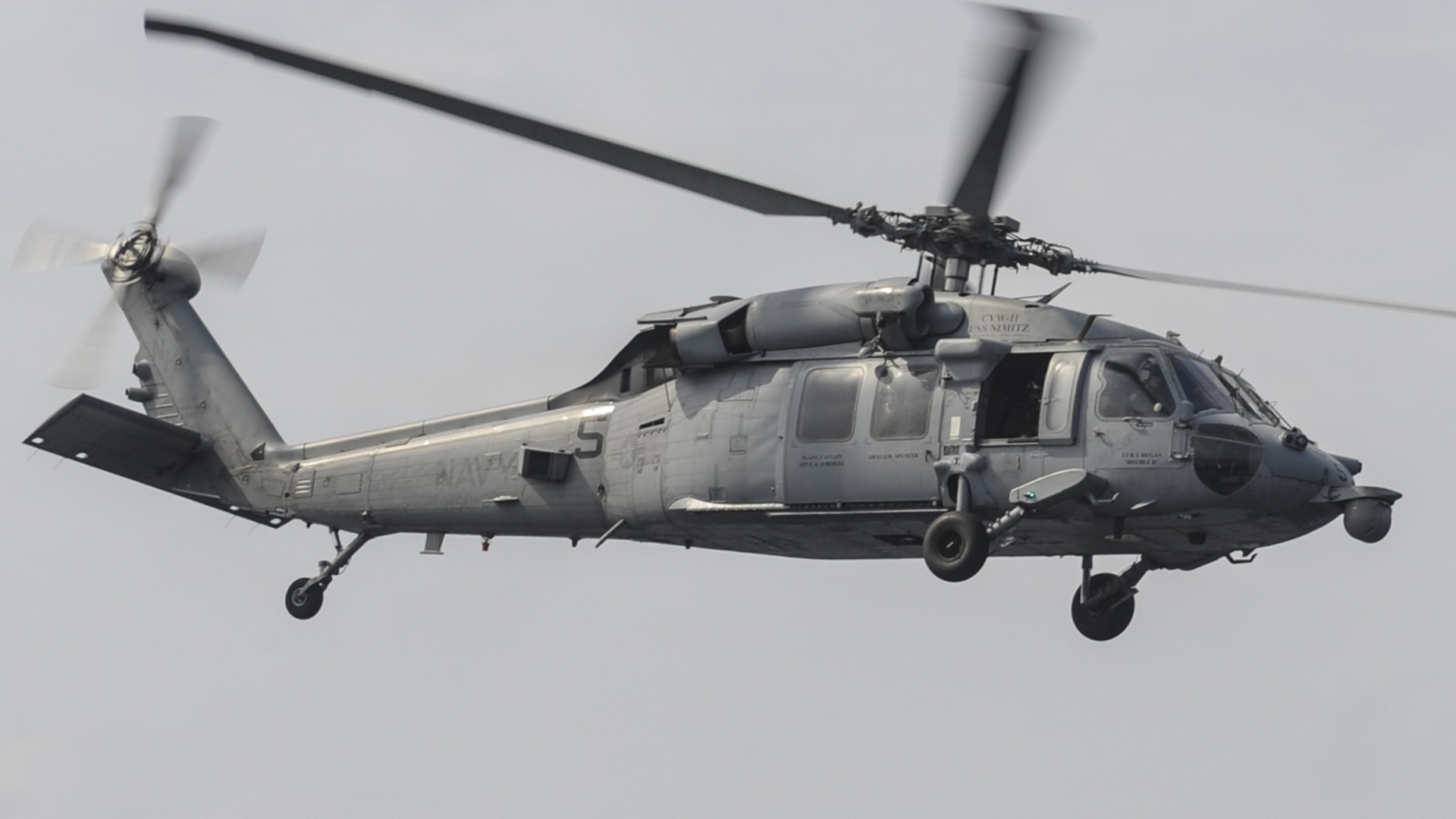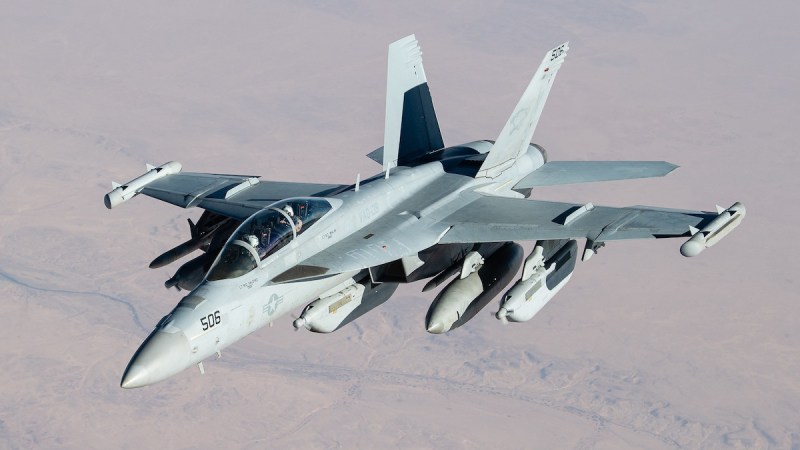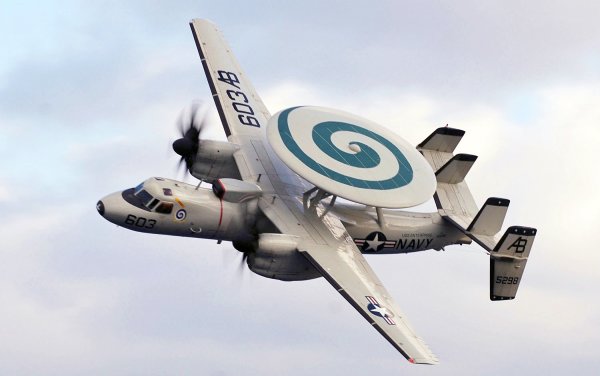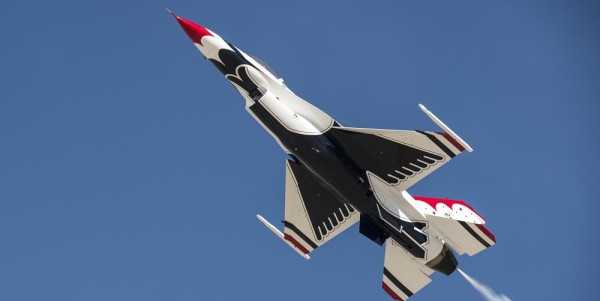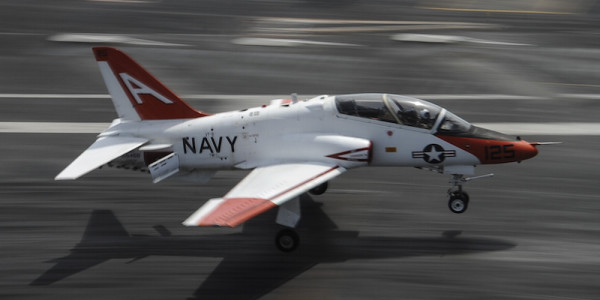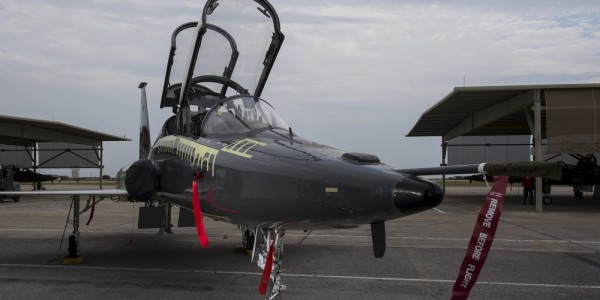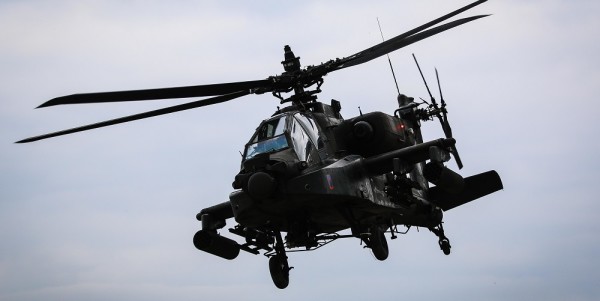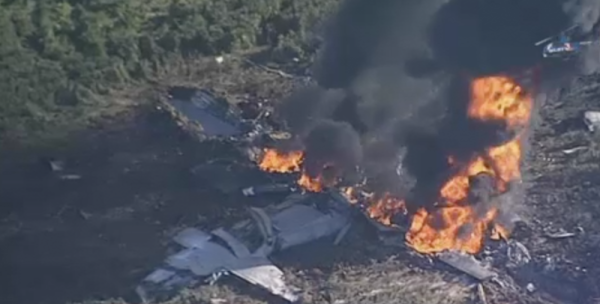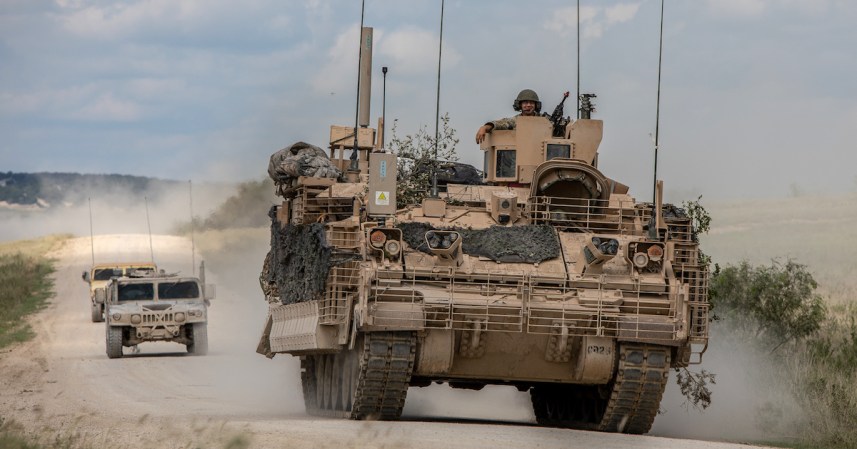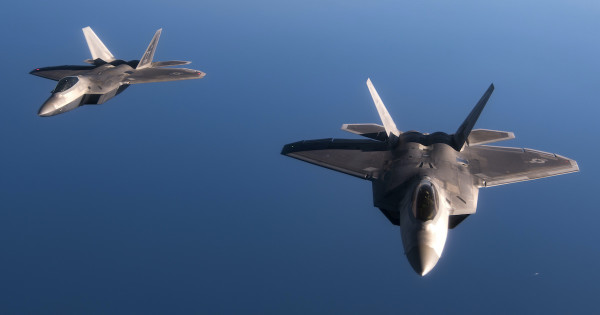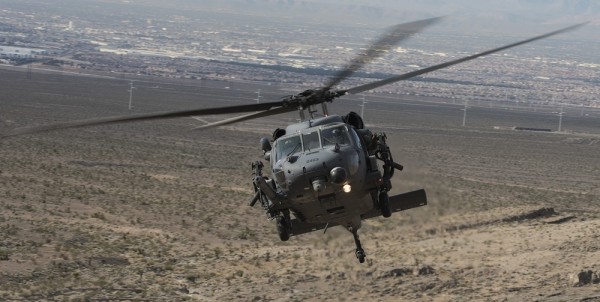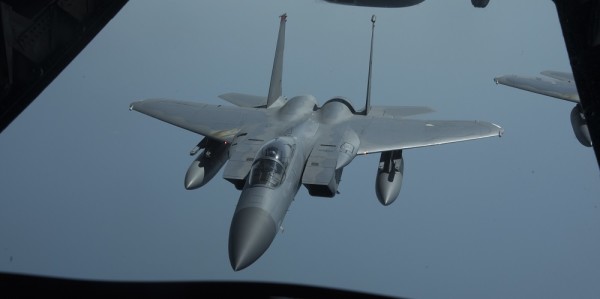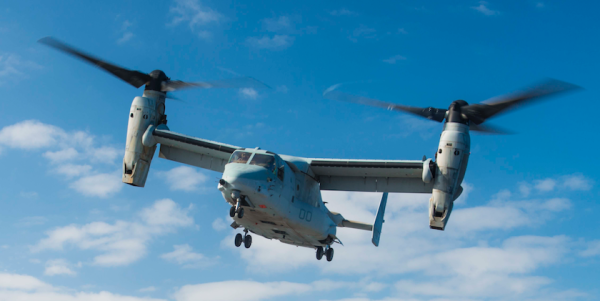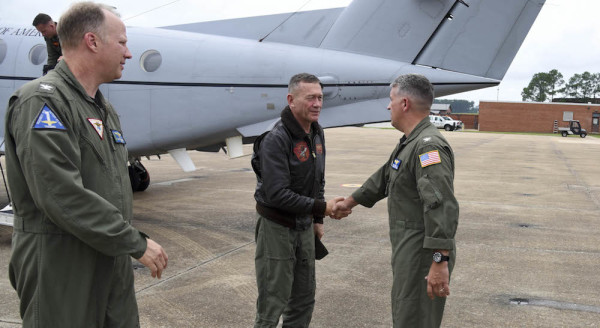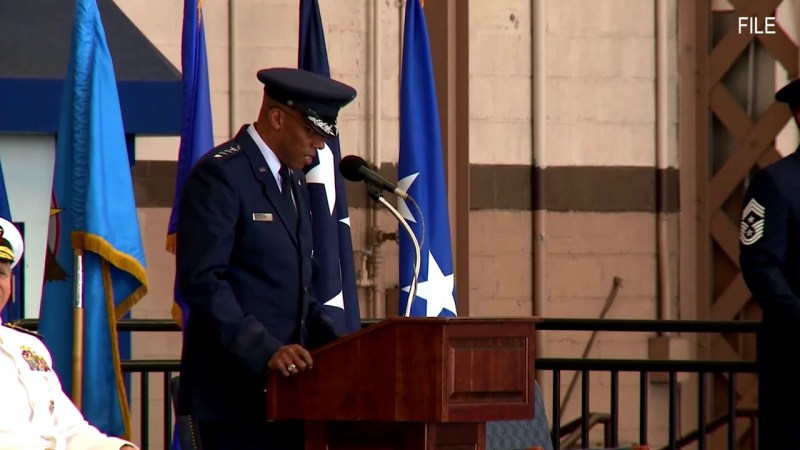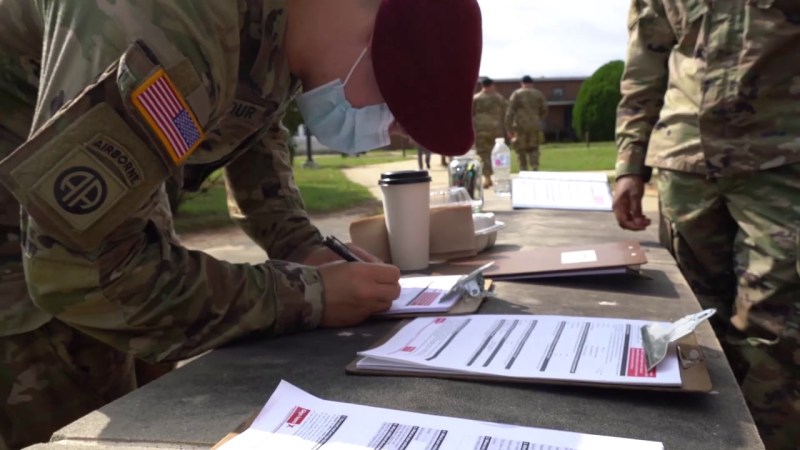A Navy MH-60S Seahawk crashed near El Centro, California, on Thursday, making it the fifth U.S. military aviation mishap in less than two weeks. All five crew members aboard the helicopter survived and one member of the crew was treated at a local hospital for injuries that were described as “non-life-threatening,” according to U.S. Naval Air Forces.
The incident happened just one day after a deadly MV-22B Osprey crash, near Glamis, California, that cost the lives of the five Marines on board, who were serving with Marine Aviation Group 39, 3rd Marine Aircraft Wing. As of Friday morning, the names of the crew members had not been publicly released pending next of kin notification.
Two separate mishaps were reported on June 6. An Army AH-64 Apache crashed near Ozark, Alabama, injuring two crew members aboard. Meanwhile, a Taiwanese F-16 flown by a U.S. Air Force pilot made an emergency landing in Hawaii, during which the fighter’s nose landing gear collapsed – the most recent in a series of “hard landings” for F-16s.
Subscribe to Task & Purpose Today. Get the latest in military news, entertainment, and gear in your inbox daily.
Independent safety boards are investigating the June 6 mishap in Hawaii as well as a May 31 incident, when a South Dakota Air National Guard F-16 skidded off the runway while landing, said Air Force spokeswoman Ann Stefanek.
“No time-critical safety issues have surfaced from either mishap, and both investigations are in the early stages of their work,” Stefanek told Task & Purpose.
The recent spate of crashes has also taken the life of Lt. Richard Bullock, who was killed on June 3 when his F/A-18E Super Hornet went down near Naval Air Station Lemoore, California. Bullock was assigned to Strike Fighter Squadron 113 at the time of his death.
It is important to note that all these mishaps are being investigated and each incident is unique. While it is far too early to draw any conclusions about whether these accidents share common contributing factors, the sheer number of accidents in such a short period of time harks back to the military’s aviation crisis of the past decade, when the combination of budget cuts, the loss of experienced maintainers, problems getting spare parts, lack of flying hours for training, and delays in programs producing new aircraft contributed to a spike in crashes.
“Whenever we have crashes that take place within a relatively short timeline, we take a hard look at those,” said Cmdr. Zach Harrell, a spokesman for Naval Air Forces. “If there are any connections that are made as a result of the investigations, then those things will be addressed. Having a safety leader stand down or an operational pause is always something that is on table.”
Harrell also said that although the Osprey and Seahawk went down in the same general area, they were conducting different missions at the time.
So far this fiscal year, the Navy has reported 10 Class A aviation mishaps – which result in death, permanent disability, or more than $2.5 million in damage – for manned aircraft, and that is the same number of such accidents that the Navy reported for all of fiscal 2021, according to the Naval Safety Center. In addition to the June 3 fatal crash, Navy Lt. Hyrum Hanlon was killed on March 30 when an E-2D Advanced Hawkeye radar plane crashed near Wallops Island and Chincoteague, Virginia.
The Marine Corps is reporting five Class A mishaps for fiscal 2022 including two fatal MV-22B Osprey crashes: The June 8 crash in California and incident on March 18, when an MV-22B went down in Norway. Four Marines were killed. Last year, the only Class A mishap reported was when an F-35C had debris sucked into its engine while on the ground, Naval Safety Center statistics show.
Meanwhile, the Army is not seeing a trend in recent aviation mishaps, said Michael Negard, a spokesman for the Army’s Combat Readiness Center.
“Over the past five years, we’ve averaged about 10 Class A [mishaps] and are at four today,” Negard told Task & Purpose. “Regarding Class A with fatalities, we’ve suffered one this year, which is 91% lower than where we were this time last year.”
While the causes of these incidents are not known, two things are clear: Six service members have died in crashes this month alone, and 2022 is far from over.
UPDATE: This story was updated on June 10 with information from the Army’s Combat Readiness Center.
The latest on Task & Purpose
- Someone apparently leaked classified Chinese tank schematics to win an online argument
- Flip-flop-wearing Air Force commandos saved 2 lives on the way back from training
- How Ukraine is using artillery to stop Russian forces in their tracks
- The Navy might have a garage sale for the Littoral Combat Ships they just built but don’t want
- Ukrainian fighter calls US soldier for help fixing Javelin missile launcher
Want to write for Task & Purpose? Click here. Or check out the latest stories on our homepage.

